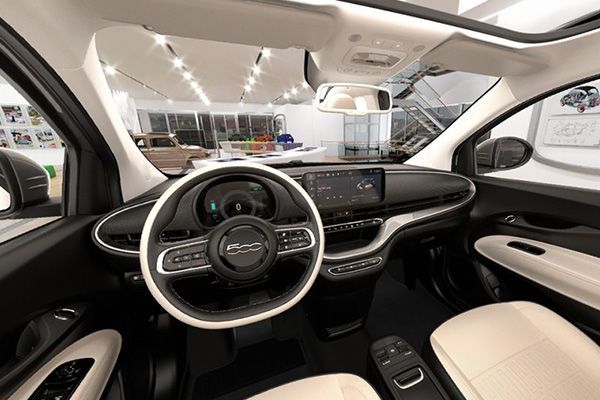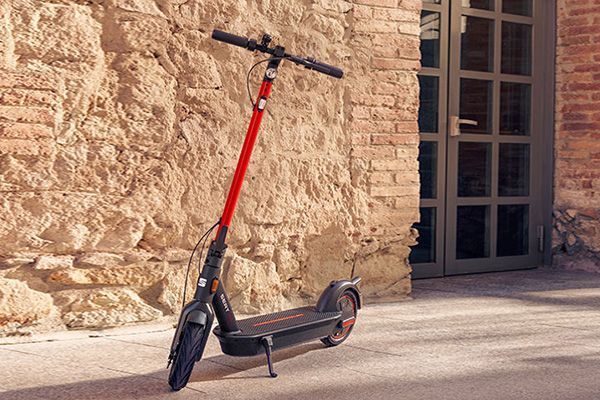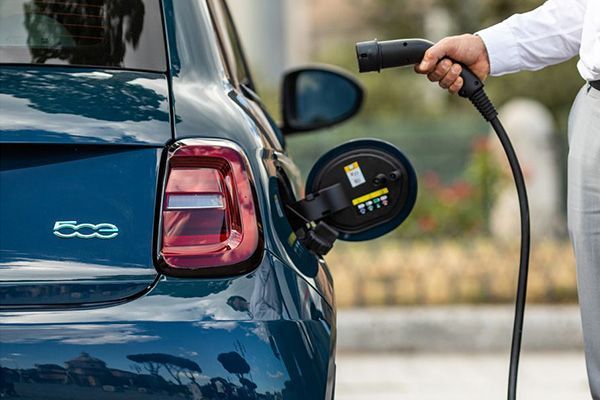The electric car market in Italy is about to be shaken up by the new Fiat 500. Plenty of people will like the Fiat 500 3+1 and it could give a positive “charge” to the EV market. Helping the ecosystem to develop further and businesses to create value, investing

In many cities, the world of electric mobility has been shaken up by a tiny car that many see as nothing more than a scooter, even if, in reality, there are many factors that mean that nothing could be further from the truth. Being fashionable isn’t one of them, but there’s political will linked with supranational regulations, then there’s lack of space, and the need to reduce costs, travelling time and traffic. In just a few years, “electric transport” has created a real buzz. However, personal vehicles, like those you see on cycle lanes in all shapes and sizes (from low-cost styles for children to professional and sporting vehicles), initially made some people turn up their nose.
They were known in some circles as “pensioner bikes”. Then a lot of young people were converted, maybe using them for sport, or just so they can easily move around congested towns and cities. Even some pensioners, who have always used regular bikes, are now using rented electric scooters. Almost every large mobility business, including some carmakers that seem wedded to their flat six petrol engines like Porsche, now have an electric micro-mobility vehicle in their catalogue. A free-moving, multi-coloured swarm – not following a queen, exactly – but growing in number every day, from North to South.

Individual personal mobility, meaning those little plug-in vehicles, is gaining traction, in Italy. As a result, there are not just reseller or sharing businesses in large centres, but also assistance services and a supply chain that is scattered throughout the country. Slowly, they’re being distinguished by usage and price range, including a premium range.
Will we see a similar process for four-wheel vehicles? Obviously, the electric car ecosystem is changing greatly, it’s infinitely more complex and structured. However, in Italy, this autumn, we’ve some information that will change popular perception. In the same bars and forums where people are quick to criticise the latest innovations without finding out all the facts, they are starting to compliment Fiat on its new electric 500. The advantage of an electric car is that there’s no need to “fight” with other cars or buses (especially for municipal infrastructure), as happens with micro-mobility.
Even those people who weren’t interested in electric cars now want to know how and where they can charge the iconic little Fiat that’s electric but still as gorgeous as ever. Leaving aside the technical data, which shows variable ranges, depending on configuration, of between 180 Km and 460 Km, the “500e effect” can be felt even before the citycar hits the road.
If the global icon in terms of electric cars has been the American Tesla, the Italian company’s electric 500 will surely become the first popular electric car. That’s probably a good thing, given that many people single out the electric car sector as being a bit out of reach, too far from the real needs of everyone.

After the Zoe, the French model that seemed to be just right but not as appreciated as it could be, the 500e will probably be remembered as the car that signalled a giant leap forward for the electric car, in Italy. Appreciated as much for its youthful style as for its price.
Finally, this is an attractive and well-made electric car that’s excellent for the city and costs less than EUR 20,000. After taking into account the maximum incentives on offer in Italy and the Italian scrappage scheme, the base model will start from around EUR 16,000. The 3+1 version, which comes with a lateral rear door to help access the rear seats, has been a real winner with the media. No car has been the subject of such curiosity on the web, none have had the volumes of social traffic like the little electric car from Turin with its forwards- and backwards-opening doors.
The content most read and commented on by specialist magazines this autumn isn’t just the power data (up to 118 bhp, with a top speed of 150 Km/h) or the battery variants (small, 23.8 kWh, or large, 42 kWh). Fiat gave us these figures some time ago, but people are just starting to be interested in driving this great new car. They’re searching for other information. What’s it like to drive? That the first tests are good is taken as read.
Its comfort is top of the class for a small car, and the first estimates for a “full charge” are available, too.
Charging counts. It really counts. Because this is what people will be doing on a regular basis, in 2021 and in the years after that. Depending on what version of electric 500 you have and based on the type of charge (starting with a slow-charge domestic 3.7 kW AC wallbox) the estimates are from EUR 5.00 to EUR 35.00, for a complete charge from empty.

If we view this from a perspective of the number of Italians who have had to refuel their Fiat 500 1.2 FIRE 8v city car since 2007 (the year the 500 series was launched), we can imagine what will be needed to charge this new, electric generation of Fiats. Let’s see how many there are.
So, let’s go forward with public charging points for everyone. They’re needed and, in Be Charge’s case, the system on board the Fiat 500 can use both Fast (up to 150 kW) or HyperCharge (over 150 kW) stations. This includes every variant: hatchback, cabrio or 3+1. Or those with the 85kW DC fast charge, which takes 35 minutes to give 80% charge. This means an equivalent of 50 km of charge in just 5 minutes.
In Collaboration with:









